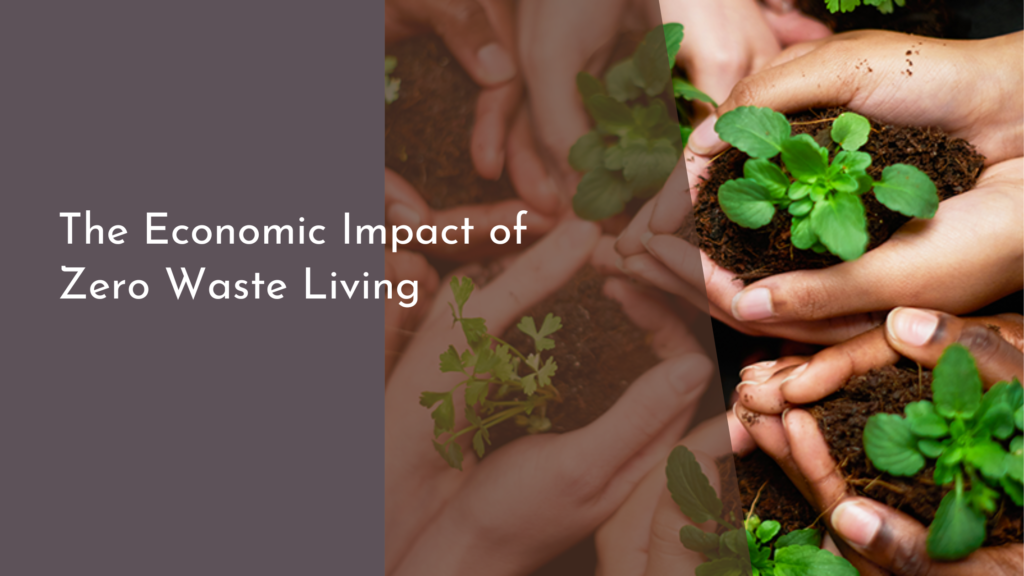Regenerative Design: Healing Ecosystems Through Product Innovation
In an age where environmental challenges loom large, regenerative design emerges as a beacon of hope. This innovative approach transcends traditional sustainability, aiming not only to minimize harm but to actively heal and restore ecosystems. By integrating ecological principles into product development, regenerative design fosters a harmonious relationship between human activities and the natural world. Here, we explore the transformative potential of regenerative design, showcasing innovative products, successful brands, and how individuals can contribute to a flourishing planet.
Discovering Regenerative Design: A Path to Ecological Healing
Regenerative design is rooted in the idea that human-made systems can be developed to enhance, rather than deplete, the natural environment. It emphasizes the interconnectedness of ecological, social, and economic systems, advocating for a holistic approach to design and production. By focusing on the regeneration of resources, this design philosophy encourages us to reimagine our relationship with the planet, shifting from a linear "take-make-dispose" model to a circular and restorative framework. This transition is essential for addressing the pressing issues we face, such as biodiversity loss, climate change, and resource depletion.
At its core, regenerative design seeks to heal ecosystems through thoughtful product innovation. By considering the entire lifecycle of a product—from material sourcing to disposal—designers can create solutions that not only minimize negative impacts but actively contribute to the restoration of natural habitats. This approach often involves utilizing renewable resources, promoting biodiversity, and supporting local economies. As we embrace regenerative design, we can embark on a journey toward ecological healing, ensuring that our products support the planet’s resilience and vitality.
Innovative Products: The Key to Revitalizing Our Ecosystems
Innovative products are at the forefront of the regenerative design movement, playing a critical role in revitalizing ecosystems. From biodegradable materials to zero-waste packaging, these products are designed with the environment in mind, aiming to reduce the ecological footprint while enhancing the regenerative capacity of the Earth. For example, companies are now creating building materials from mycelium, a sustainable alternative to concrete that sequesters carbon and fosters soil health. Such innovations not only facilitate a healthier environment but also serve as a testament to what can be achieved when creativity meets ecological responsibility.
Moreover, regenerative products often incorporate principles of upcycling and closed-loop systems, where waste from one process becomes a resource for another. This transformational approach not only reduces waste but also optimizes resource use and encourages biodiversity. For instance, some fashion brands are turning textile waste into new clothing lines, demonstrating that regeneration can occur even in industries traditionally associated with harm to the planet. By embracing these innovative products, we can invigorate ecosystems and promote a more sustainable future for generations to come.
Success Stories: Brands Embracing Regenerative Solutions
Across the globe, companies are stepping up to embrace regenerative solutions, showcasing the immense potential of this design philosophy. One notable example is Patagonia, a brand renowned for its commitment to environmental stewardship. Through initiatives like their Worn Wear program, Patagonia encourages customers to repair, reuse, and recycle their gear, effectively minimizing waste and promoting a circular economy. By investing in regenerative materials and ethical production practices, Patagonia leads the charge in demonstrating how businesses can thrive while nurturing the planet.
Another inspiring example comes from Interface, a global carpet tile manufacturer that has set ambitious goals to achieve a negative carbon footprint by 2040. Their innovative collection, made from recycled materials and designed for easy disassembly, exemplifies how companies can integrate regenerative practices into their operations. By prioritizing sustainability at every stage of production and collaborating with environmental organizations, Interface is paving the way for a regenerative future in the flooring industry. These success stories highlight the positive impact that brands can have when they choose to prioritize ecological health.
Join the Movement: How You Can Contribute to Recovery
As the regenerative design movement gains momentum, individuals can play a crucial role in the recovery of our ecosystems. One of the most impactful ways to contribute is by making conscious purchasing decisions. By supporting brands that prioritize regenerative practices, consumers can create demand for sustainable products and encourage more businesses to adopt similar approaches. Whether it’s choosing biodegradable materials, purchasing second-hand items, or participating in local sustainability initiatives, every action counts in fostering a healthier planet.
Additionally, individuals can educate themselves and others about the principles of regenerative design. Sharing knowledge through community workshops, online platforms, or social media can inspire others to rethink their consumption habits and embrace ecological healing. Participating in local restoration projects or supporting reforestation efforts can also make a tangible difference. Together, we can cultivate a culture of regeneration, where our choices contribute to the recovery of ecosystems and the overall health of our planet.
Regenerative design represents a vibrant path toward ecological healing, offering a hopeful vision for the future. By embracing innovative products and supporting brands that prioritize sustainability, we can collectively contribute to the revitalization of our ecosystems. The journey may require conscious decisions and collaborative actions, but the rewards are immense—both for our planet and for future generations. As we join the movement, let’s celebrate our potential to foster a world where nature and humanity thrive in harmony!


